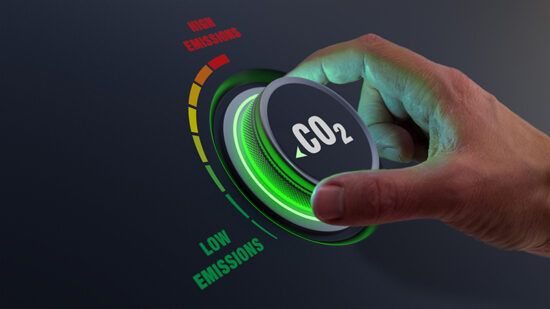Funds that include “ESG” in their names often charge steeper fees than peers – but that does not necessarily translate to bigger returns, better ESG scores or higher sales, according to research.
The average asset-weighted expense ratio for US equity funds that are marketed as ESG funds was 34 basis points as of the end of August, according to a report last week from YCharts.
Meanwhile, funds in that asset class with higher-than-average ESG ratings, regardless of their names, charged an average of 25 bps. By comparison, the asset-weighted average for all US equity funds was 12 bps, according to YCharts, which analyzed MSCI data for nearly 4,900 mutual funds and ETFs.
The differences in cost were even more significant across fixed income and asset-allocation funds, with high-ESG-scoring funds being less than half the price of products that are marketed as ESG, the report found.
Part of the reason for the apparent premium on ESG-labeled funds is that they are more likely to be actively managed than non-ESG products, which include many large index funds, the YCharts report noted.
The US market for sustainable funds is also relatively young, with a deluge of mutual funds and ETFs continuing to be launched. In Europe, sustainable funds are on average less costly than non-ESG products and have also seen stronger returns through the third quarter of 2021, according to data provided last year by Refinitiv Lipper.
Performance
In an environment this year in which energy holdings have been one of the few drivers of positive returns, sustainable funds – especially those that exclude oil and gas – have lagged peers. Even so, ESG considerations have benefited portfolios, YCharts found.
In sample portfolios of 80% equity funds and 20% fixed income funds, swapping all non-ESG products for the highest ESG-rated ones resulted in 3.8 percentage points of higher returns over 12 months ending in August. However, annualized returns over three years and five years were lower in that scenario, at -1.9% and -0.4%, respectively.
Tweaking the situation to substitute all of the sample portfolio’s holdings for the biggest ESG-labeled products on the market, returns over a year were lower than the base case by 0.8 percentage points but equal over three years and 0.3 percentage points higher over five years, YCharts found.
Among the 25 biggest US funds that are marketed as ESG, just three had seen net positive returns in 2022, through August: the iShares Global Clean Energy ETF (5.5%), Invesco Solar ETF (9.6%) and Fidelity Advisor Energy (49.9%), according to the report.
That was an even smaller figure among the 25 US funds with the highest ESG scores from MSCI, with only the Hennessy Gas Utility Fund having a positive return, at 11.9%.
During the first eight months of the year, the S&P 500 was down by 16.1%. In that time, the average returns for the biggest 25 ESG-marketed funds was -13.1%, and it was -17.7% among the 25 funds with the highest ESG ratings, according to Y charts.








